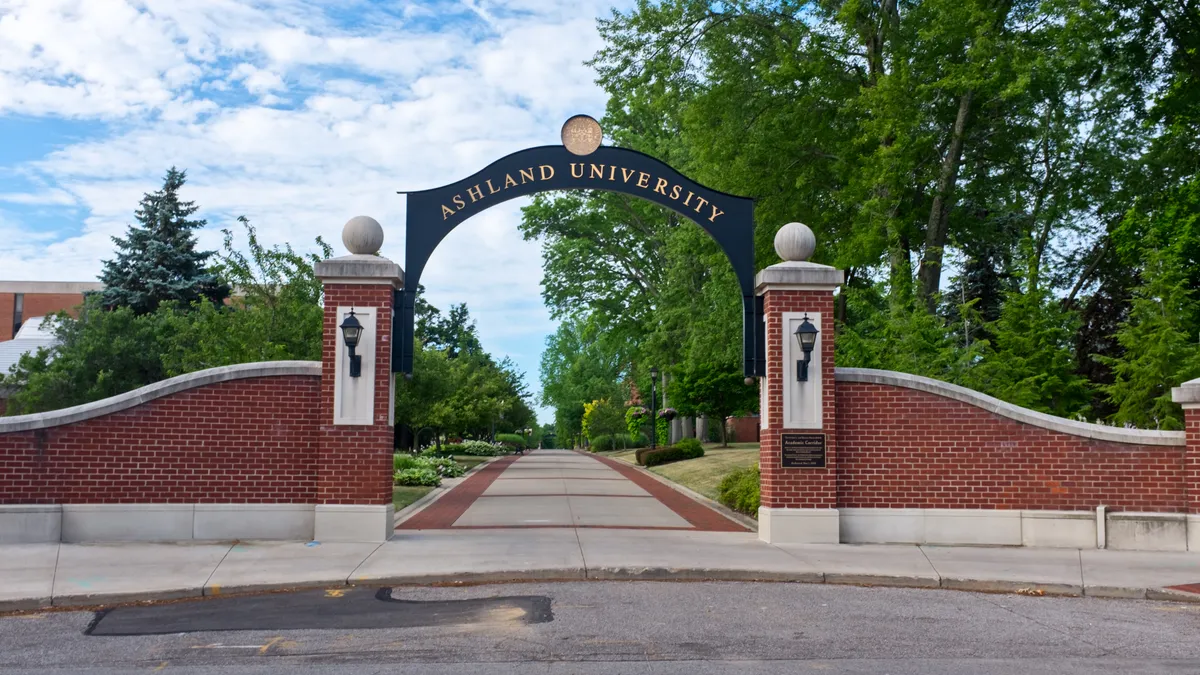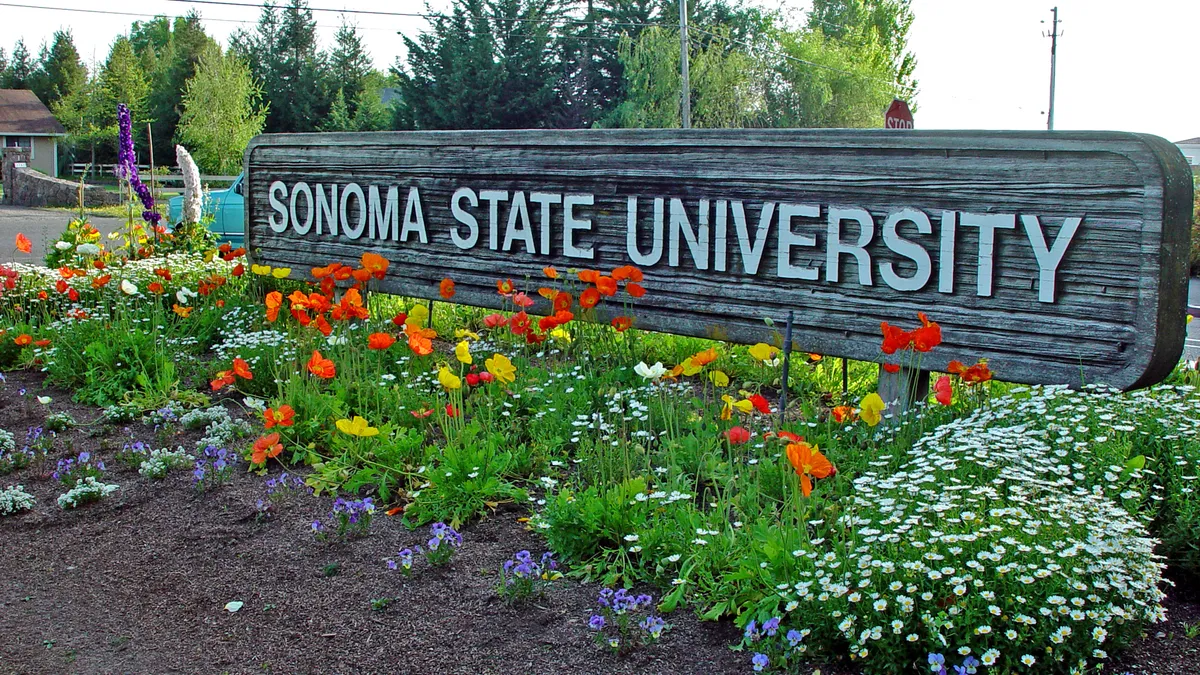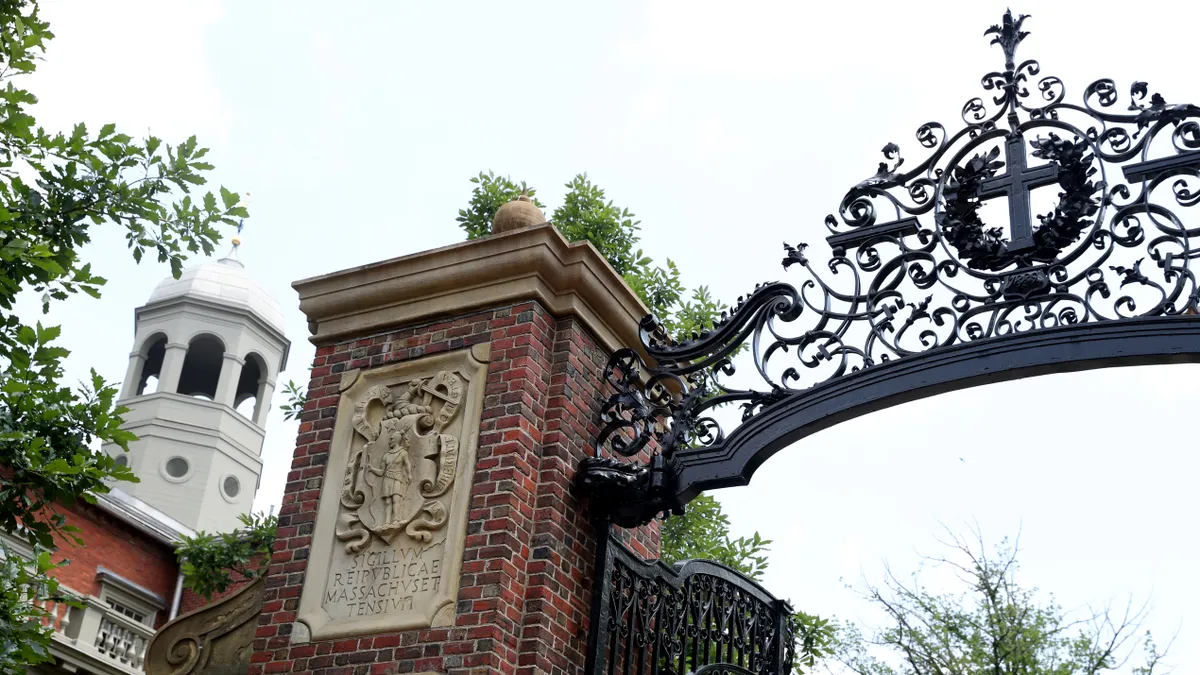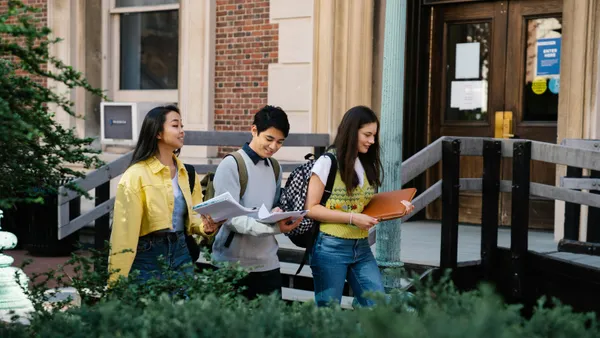The Council of Independent Colleges, which represents more than 750 private nonprofit schools and higher education organizations, announced earlier this month it is launching a consortium of Ohio institutions aiming to improve transfer pathways into the liberal arts.
With the help of a $400,000 grant from the Teagle and Arthur Vining Davis foundations, 14 private colleges in the state will work with 10 community colleges to create three transfer pathways to bachelor's degrees in English, psychology and biology.
It's one of several recent efforts from liberal arts colleges to recruit more transfer students amid challenging demographic trends. One Iowa college recently struck a transfer agreement with all 15 community colleges in the state, for example. And another four-year college in the state built its own two-year school.
CIC's effort also comes amid a growing push for community colleges to help students develop their plans early in their academic careers.
Transfer students along the consortium's three pathways will have their courses mapped out. This will allow them to transfer from a participating community college to one of the four-year colleges with junior standing and without losing credits, said Winnie Gerhardt, the project's director.
"That's really exciting for students," Gerhardt said. "They've heard so many stories of how you lose credit … and there's a lot of truth to those stories."
Higher Ed Dive spoke with Gerhardt to learn more about the project's objectives and how private institutions plan to compete with public colleges for transfer students.
This interview has been edited for brevity and clarity.
HIGHER ED DIVE: What is the primary aim of the project?
WINNIE GERHARDT: This project is moving at a time when there's strong readiness among private colleges to do a better job of building a successful transfer culture on campus and saying, "Let's do it together." In Ohio, the public universities have been working with the Ohio Department of Higher Education for a couple of decades, and they now have quite an extensive network of transfer policies and articulation agreements that allow credits to transfer from one school to another, as well as guaranteed statewide transfer pathways for the public two years and four years.
Private colleges have kind of been left out of that huge network. This is an opportunity to say, "Let's work together. Let's get on board with the foundation of what the Ohio Department of Higher Education has put in place. Let's work on how general ed requirements will come into the private colleges. Let's set up transfer pathways for a number of majors. And let's make sure that students know they can take these three or four courses in their major while they're at a community college and transfer in with junior standing and all of their credits."
The project's announcement says it will create clear, consistent pathways to a baccalaureate degree at any of the institutions in the consortium. What does that mean?
The Ohio Department of Higher Education has what was originally called the Ohio Transfer Module — it's now called Ohio Transfer 36. It's 36 credit hours distributed across humanities, arts and sciences, social-behavioral sciences, mathematics that form the base general ed requirements that most colleges and universities require. If a student has taken those 36 credits and goes on to a public four-year university, then their general ed requirements are essentially complete.
That's what these private colleges will be signing onto as well. We received letters of commitment from the schools interested in moving forward with us saying, "Yes, we are ready to consider this, we are ready to look at this."
This is a big step for colleges and universities — to embrace that what's really important is that they have learning outcomes that align well. That's the goal. You complete an associate degree, you have the Ohio Transfer 36 completed as part of that. And, for example, we have pathways for the psychology major that say in students' first two years, they should have these kinds of courses within their associate degrees.
How will the project enhance advising?
Part of this project is going to have a commitment to working with transfer advisers both at the two years and the four years. It will look at what transfer students need to know early on, how we get them into advising early and how we get them thinking about what their major should be early on. There's very strong advising happening at the community colleges and at the four years, but often it's about getting students in early enough to think purposefully about what they should be taking.
All the participating liberal arts colleges except two have seen enrollment declines from 2010 to 2019. To what extent is this consortium aiming to address some of those enrollment issues that are plaguing institutions nationwide?
From an enrollment standpoint this is a big plus because it's recognizing that there are many reasons that students will start their education at a community college. Often it is for financial reasons or for logistical reasons that include family and work.
Transfer enrollment is really important. About 40% of students who start in college are enrolling in community colleges. And most of them — around 80% — think they're going on for a bachelor's degree when they first start. But in truth, maybe one in six will finish their bachelor's degree in six years, which is about the time you would expect the student who is at a community college to finish a bachelor's degree if there's any continuity at all. So this is a way to really help with the workforce and educate the state. Four-year colleges and universities are absolutely ready for it and recognize all the strength that the students are bringing.






















